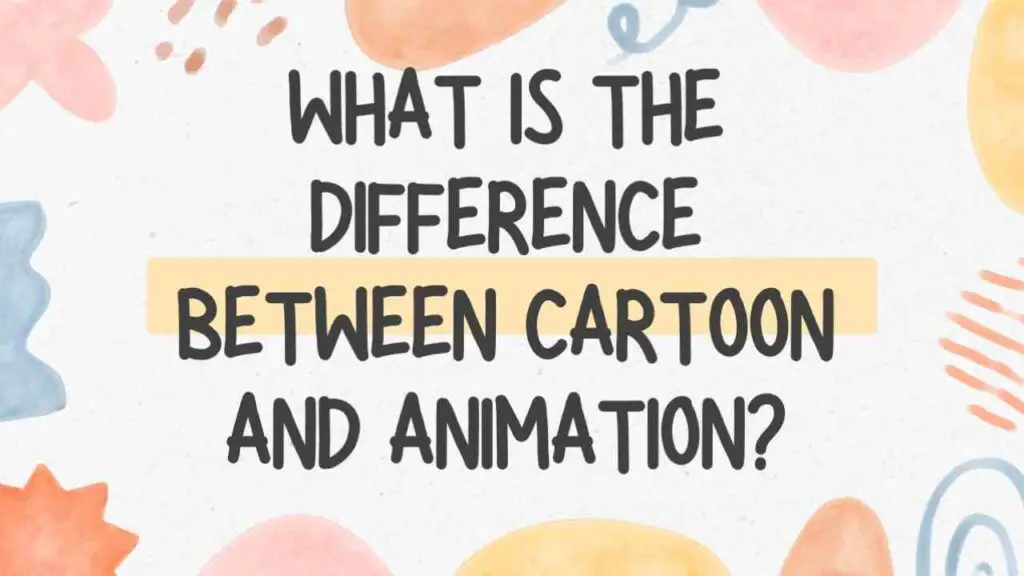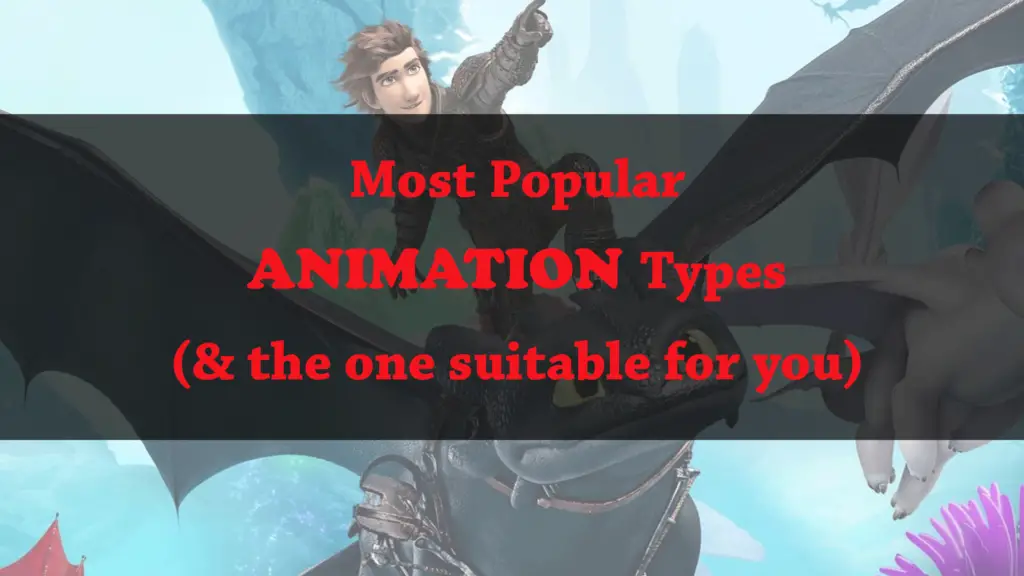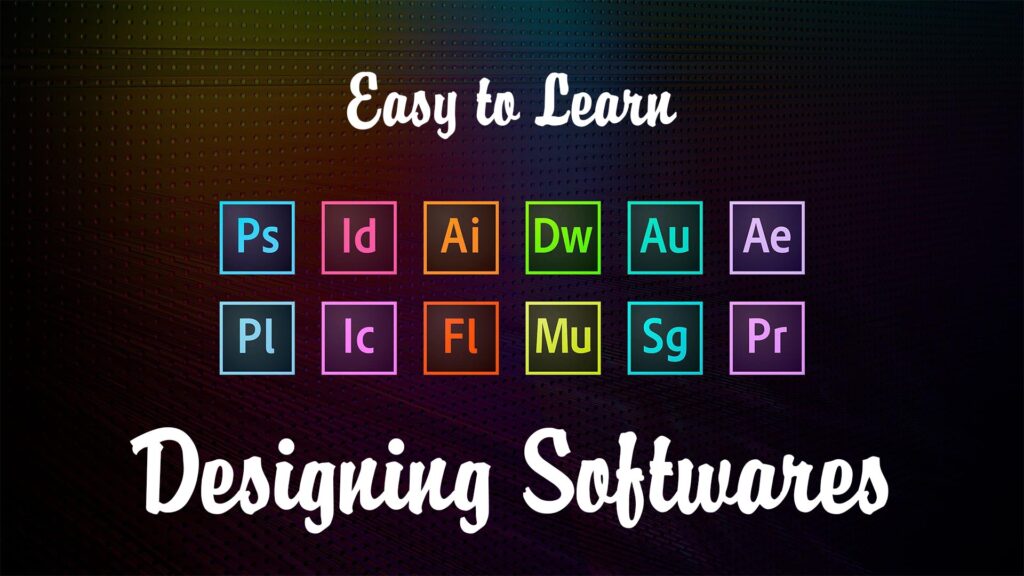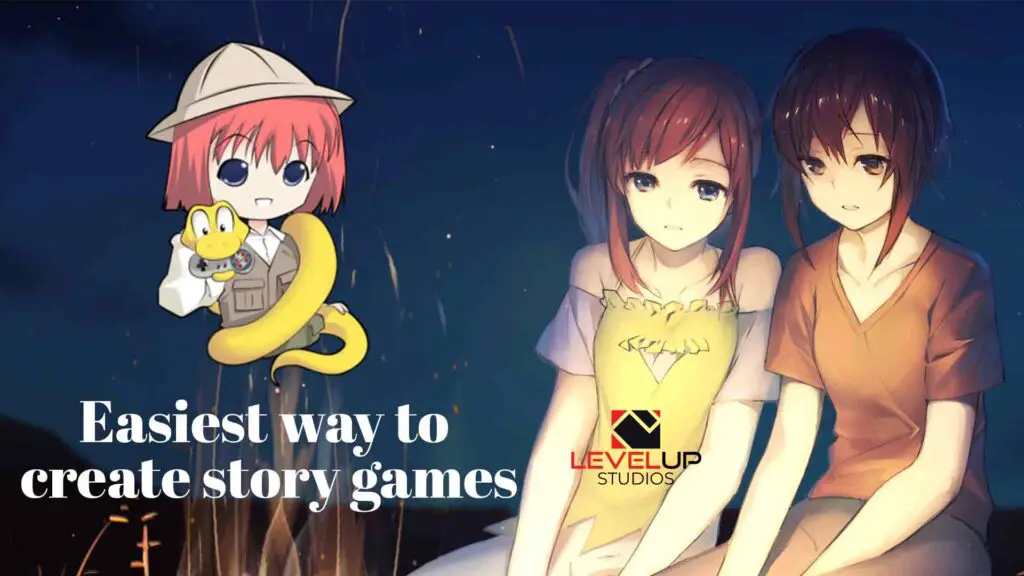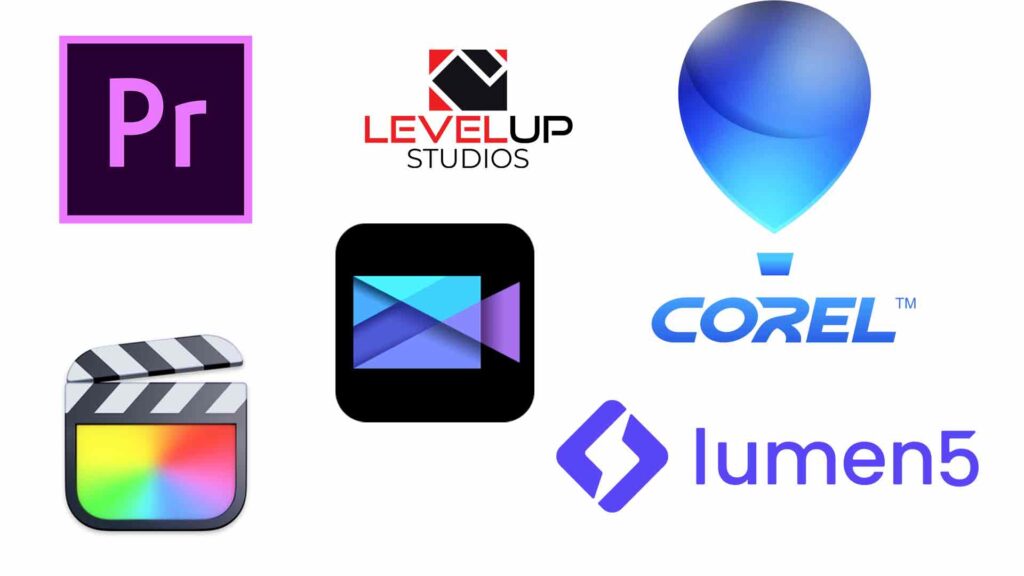THIS ARTICLE MAY CONTAIN AFFILIATE MARKETING LINKS! IN CASE YOU MAKE A PURCHASE THROUGH ONE OF THE LINKS, WE'LL GET A SMALL COMMISSION. WITH NO EXTRA CHARGES TO YOU. THANKS!!
What is the Difference Between Cartoon and Animation? if you are searching for the answer for this question then continue reading. In the vibrant world of moving images, two forms of visual art have captivated audiences for generations: cartoons and animation. While often used interchangeably, these two mediums possess distinct characteristics that set them apart. As we peel back the layers of drawings and frames, let’s embark on a journey to explore the nuances that define cartoons and animation, unraveling the threads of creativity that weave the tapestry of animated storytelling.
What is the Difference Between Cartoon and Animation?
The terms “cartoon” and “animation” are often used synonymously, but they refer to different concepts within the art of moving images.
Cartoons are a subset of animation that typically refers to two-dimensional (2D), hand-drawn styles that are often characterized by their comedic content and exaggerated features. They originated as single-panel illustrations in magazines and newspapers, eventually evolving into motion pictures. Cartoons are generally aimed at a younger audience, though they can appeal to all ages, and they tend to have a series of recurring characters in humorous situations.
Animation, on the other hand, is the broader category that encompasses all techniques used to bring static images to life, regardless of the method used. This includes traditional hand-drawn cartoons, but also stop-motion animation with clay or puppets, computer-generated imagery (CGI), and 3D animation. Animation can be used for a wide range of purposes, from entertainment to education, and it can target both children and adults. It is a complex art form that can convey a spectrum of emotions and narratives, often involving more sophisticated themes and storytelling techniques compared to traditional cartoons.
The key difference lies in the scope and application: while all cartoons are a form of animation, not all animations are cartoons. Animation serves as an umbrella term that covers a vast array of genres and techniques, including cartoons as one of its many forms. The evolution of technology has expanded the possibilities of animation, allowing creators to explore new horizons beyond the traditional cartoon format, and giving rise to a diverse world of animated content that continues to grow and captivate audiences around the globe. Whether it’s the classic charm of a Saturday morning cartoon or the awe-inspiring realism of a CGI blockbuster, the art of animation continues to push the boundaries of visual storytelling.
A Quick History of Cartoons
The history of cartoons is a fascinating journey through time, reflecting the evolution of art, culture, and technology. The term “cartoon” originally referred to full-size drawings made on sturdy paper as studies for artwork such as tapestries, stained glass, and frescoes. However, in the 19th century, the meaning shifted to humorous illustrations in magazines and newspapers, particularly after appearing in Punch magazine in 1843. These early cartoons were simple, static drawings, often satirical and aimed at adult audiences.
The leap from static cartoons to animated motion pictures began with the invention of devices like the zoetrope, which created the illusion of movement by displaying a sequence of drawings in progressive phases. The true birth of animated cartoons came in the early 20th century with pioneers like J. Stuart Blackton and Winsor McCay, who introduced storytelling through sequential art, leading to the creation of memorable characters like Gertie the Dinosaur.
The Golden Age of Animation, from the 1930s to the 1960s, saw the rise of iconic characters like Mickey Mouse, Bugs Bunny, and Tom and Jerry. Studios like Disney, Warner Bros., and MGM produced animated shorts and feature films that became cultural touchstones. This era was marked by significant technological advancements, including the introduction of synchronized sound and Technicolor, which brought cartoons to life with voices and vibrant colors.
The Modern Cartoon Era brought radical changes with the advent of television and computer-generated imagery (CGI). Hanna-Barbera’s creations like “The Flintstones” and “The Jetsons” were designed for the new medium, while Pixar’s “Toy Story” (1995) became the first feature-length film made entirely with CGI. Today, cartoons utilize a blend of traditional animation techniques and CGI, creating a diverse array of stylized narratives that explore complex themes and reach broad audiences across age groups.
This rich history showcases the cartoon’s transformation from simple drawings to a sophisticated medium that entertains and informs, proving that cartoons are much more than just children’s entertainment—they are an integral part of our cultural heritage and a testament to human creativity and innovation.
A Quick History of Animation
The history of animation is a rich tapestry that spans over a century of technological innovation and creative storytelling. It traces its roots to ancient traditions, where the desire to capture motion led to the development of various optical toys and devices. The advent of celluloid film in 1888 marked a pivotal moment, as it allowed for the creation of animated sequences that could be played back to simulate movement. Early experiments with stop-motion and hand-drawn animation paved the way for the first animated films, which captivated audiences with their novelty.
As the 20th century progressed, animation evolved rapidly. The 1910s and 1920s saw the rise of animation studios and the introduction of synchronized sound, which brought characters like Mickey Mouse and Felix the Cat to life with voices and music. The 1930s ushered in the era of color animation, with Disney’s “Snow White and the Seven Dwarfs” becoming the first full-length animated feature film. The following decades witnessed the emergence of television as a new platform for animation, leading to a shift from theatrical shorts to TV series.
The latter half of the 20th century was marked by the diversification of animation techniques, including the use of cutouts, clay, and puppets. However, the turn of the millennium brought about a revolution with the dominance of computer animation. Films like “Toy Story” showcased the potential of CGI, blending three-dimensional appearance with detailed shading, and opening up new possibilities for storytelling.
Today, animation is a global phenomenon, with styles ranging from the traditional hand-drawn to the cutting-edge CGI. It continues to be a medium of boundless creativity, influencing not only entertainment but also education, advertising, and beyond. The history of animation is not just a chronicle of artistic progress; it’s a reflection of humanity’s enduring fascination with bringing the inanimate to life, telling stories that resonate across cultures and generations.
Widely Used Programs to Create Cartoons and Animations
In the realm of animation and cartoon creation, several software tools stand out for their widespread use and robust features Adobe Animate and Adobe Character Animator are industry staples, offering a suite of tools for creating both 2D and 3D animations, with real-time animation capabilities and auto lip-sync features Toon Boom Harmony is another heavyweight, preferred by professionals for its advanced rigging and drawing capabilities that cater to intricate frame-by-frame animation.
For those who favor open-source solutions, Blender is a powerful choice for 3D modeling and animation, while Pencil2D offers a user-friendly platform for traditional 2D animation Autodesk Maya and Cinema 4D are also popular for their comprehensive 3D animation, modeling, and rendering tools, widely used in film and television production. These software programs provide animators with the flexibility to bring their creative visions to life, whether they are crafting a simple cartoon or a complex animated feature.
Animator vs Cartoonist
The roles of an animator and a cartoonist, while related to the field of visual arts, differ significantly in their focus, techniques, and end products. Animators are artists who specialize in the creation of animation, which is the process of designing, drawing, making layouts, and preparing photographic sequences that are integrated in multimedia products. Animators work in various mediums, from traditional hand-drawn animation to modern computer-generated imagery (CGI), and they are responsible for bringing characters and stories to life through motion. They must have a deep understanding of movement, timing, and storytelling to create fluid and engaging animations that can be used in movies, television shows, video games, and other digital media.
Cartoonists, on the other hand, typically focus on creating single-frame or sequential images known as cartoons, which are often humorous or satirical and are used to tell a story or convey a message. Cartoonists may work in print media, such as newspapers and comic books, or online platforms. Their work is characterized by a stylized, exaggerated approach to drawing, emphasizing humor and wit over realistic depiction. Cartoonists often have the freedom to express their own ideas and viewpoints through their art, and they may work independently or as part of a publication’s staff.
In essence, the main difference between an animator and a cartoonist lies in the dimension of time. Animators work with time to create the illusion of movement and change, whereas cartoonists capture a single moment in time to deliver a message or joke. Both professions require creativity, artistic skill, and the ability to connect with an audience, but they do so through different means and for different purposes.
Conclusion
In conclusion, while cartoons and animation are interwoven in the fabric of visual storytelling, they are distinct entities with their own identities and purposes. Cartoons, with their roots in humorous and satirical illustrations, have evolved into a beloved form of entertainment that often employs exaggerated features and slapstick comedy to engage audiences. Animation, encompassing a broader spectrum, serves as the overarching category for all animated works, including cartoons. It is a versatile medium that has transcended beyond entertainment, becoming a powerful tool for education, communication, and artistic expression.
The journey from the first flickering images of early cinema to the immersive digital worlds of today showcases the incredible potential of animation. As technology advances, the line between cartoons and animation may blur, but the essence of each will remain unique, continuing to enchant viewers with their magic and wonder.
